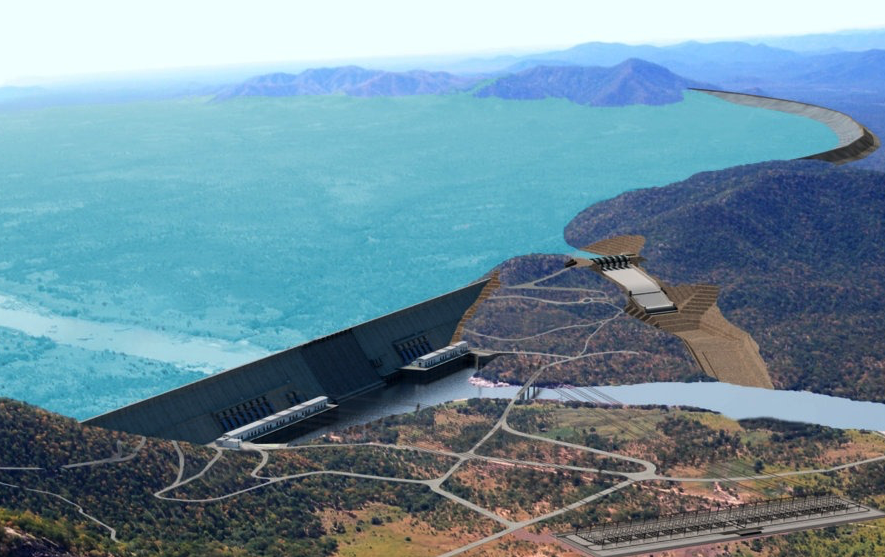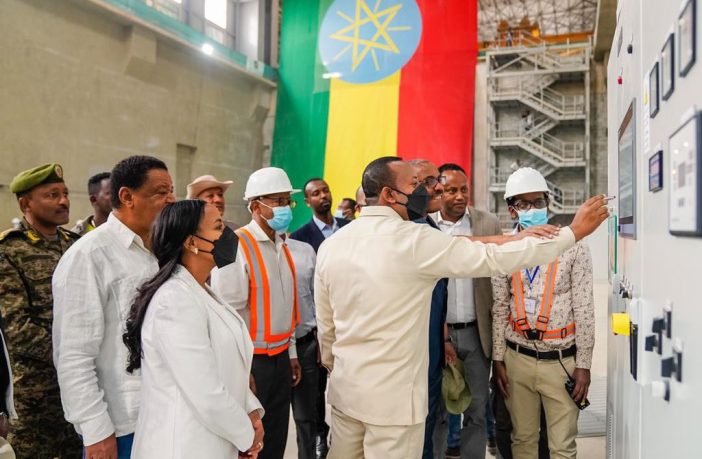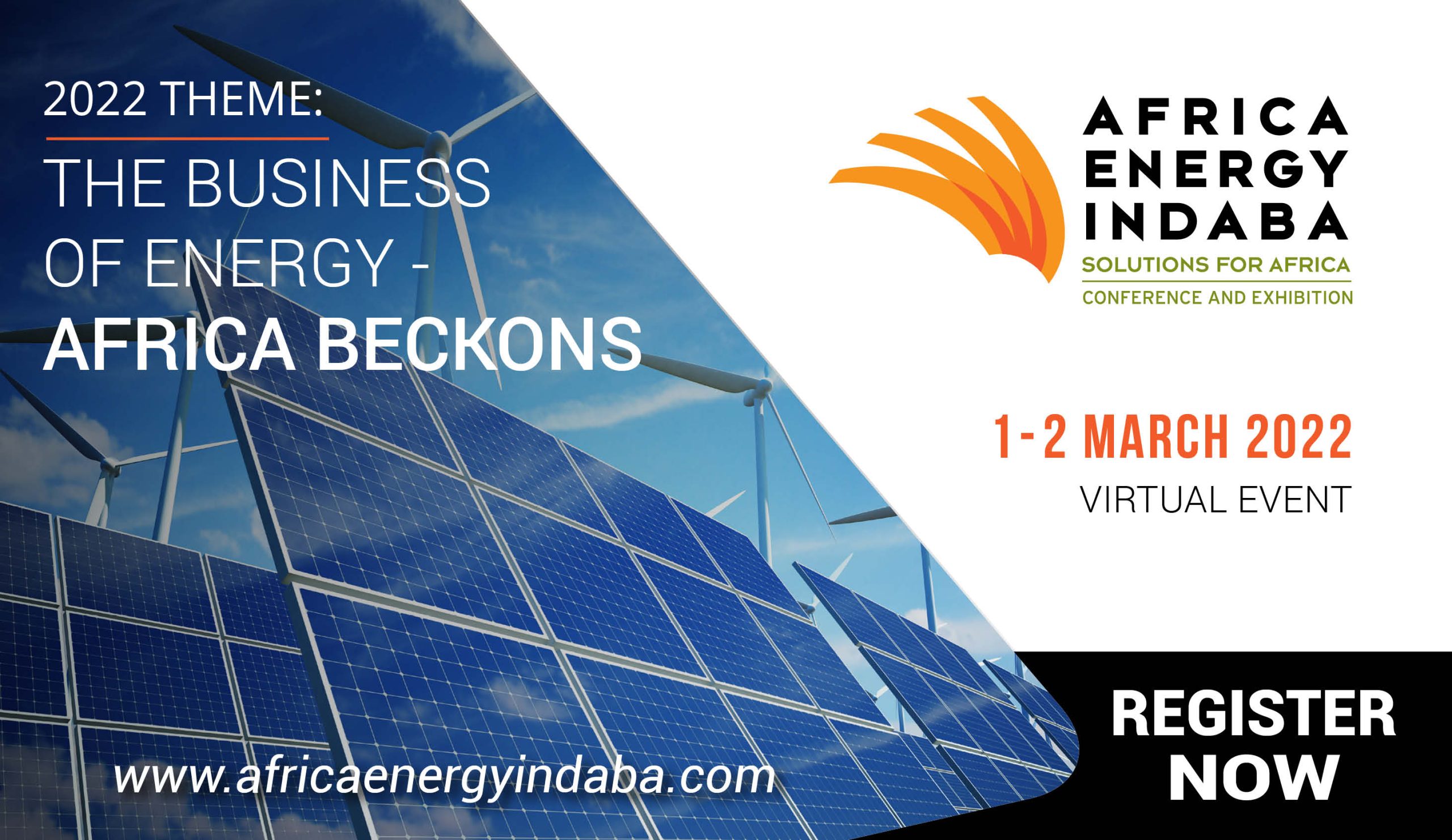- Ethiopia began producing electricity for the first time from its Grand Ethiopian Renaissance Dam (GERD).
- Prime Minister Abiy Ahmed officially inaugurated the first phase of electricity production on Sunday from the mega-dam, a milestone in the controversial multibillion-dollar project.
- The announcement marks the first of 16 turbines operational, with an installed capacity of 375MW.
- A second turbine is scheduled to start operating within months.
GERD is Africa’s biggest hydroproject

Rendering of the Grand Ethiopian Renaissance Dam. Image credit: Webuild
The project is being developed and funded by state-owned public utility enterprise Ethiopian Electric Power Corporation. The Grand Renaissance Dam will be the biggest hydropower station in Africa and the dam itself will have a surface area of 1874 km2 when fully completed.
The 6450MW facility comprises a concrete gravity dam on the Blue Nile River with a storage capacity of 70 billion cubic metres (bcm) of water, one outdoor powerhouse on each bank of the river, three spillways, and a saddle dam.
The powerhouse on the right bank will be equipped with ten 375MW Francis turbine generator sets while the left bank powerhouse will have six similar capacity turbine generators. Each turbine will be driven by the water flow through an 8m-diametre, 180m-long penstock.
Related news: Egypt to build desalination plants powered by renewable energy
Ethiopia has been building the dam since 2010, leading to tensions with Egypt and Sudan. The contention surrounds Sudan and Egypt’s fears that the $4 billion dam could lead to water shortages in their own territories. Read more
Related news: Plans for a dam across the nile triggered a war in 1956. Will it happen again?
Author: Bryan Groenendaal

















